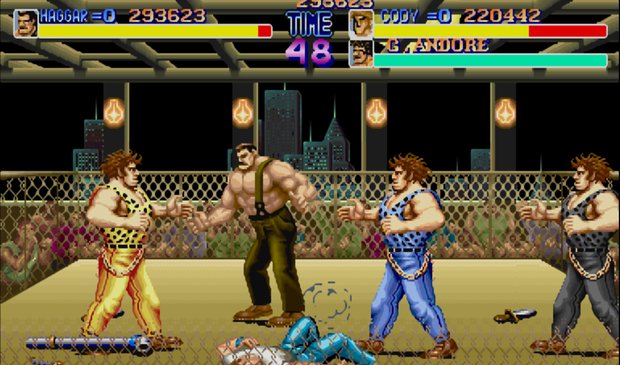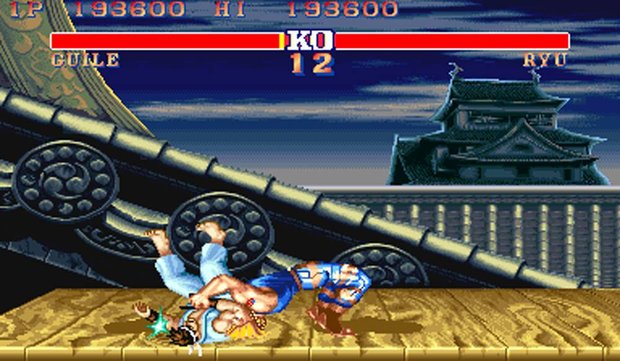Why I Love: suplexes in games
You’ve probably heard the urban myth which suggests you’re never more than 10 feet from a rat and thought the same thing about suplexes in video games. They’re everywhere. Explore the crawlspace of your favourite titles and you’ll find wrestling moves of every variety flexing in the gloom. Unlike the rats scuttling around my feet as I type this, however, I’m always delighted to see a suplex.
Let me explain what a suplex is, because it’s really important. It’s more than just a brutish throw reliant on strength and the fundamental interactions of nature. A suplex has finesse. You maintain control throughout, using your body to go one better than gravity. It’s a move of promethean ambition and arrogance, as if humans stole core strength from the gods themselves.

I realise that sounds like a mild exaggeration. To help you understand my obsession, let me share the first suplex I fell in love with. The year was 1990, the suplex German. Final Fight was the sort of arcade cabinet it was impossible for a 10-year-old to ignore. It demanded attention with raspy laughter, crashing dustbins and the standard late-80s plot of a blonde lady being sequestered by ruffians. I picked Mike Haggar, because he was a) the biggest and b) I didn’t need another reason. My choice was justified when I accidentally grabbed a goon, clasped his waist and delivered him spine-first through a stack of tires. It wasn’t the damage that thrilled me - although it erased his life bar in one hit - but the incongruity. I thought suplexes belonged in the melodrama of wrestling, not the mean streets of Metro City. I was suddenly aware of a world rich with challenging possibilities - a world where elected public officials could propel baddies headfirst through bins. I had experienced Suplex Zero.
Perhaps you had a different Suplex Zero. Perhaps you decided it was merely a backdrop, the German suplex’s unlovely cousin, and ended up arguing wrestling semantics. Or perhaps you just picked Guy from Final Fight because he was secretly the best character. For me, Suplex Zero dictated every character choice I made in future games. When I discovered Street Fighter II two years later, my obsession had evolved. As a digital descendent of Mike Haggar, Zangief should have been my obvious choice, but I picked Guile instead. Why was a major in the US Air Force throwing out wrestling moves? The proposition was irresistible, and Guile’s back suplex was enough of a Fortean mystery to keep me playing as him for 20 years. It’s a move of special magnificence - the crisp bridge, concentrated impact and sense of shifting weight make it technically perfect. It’s the Sunbeam Alpine of suplexes. The Grand cru classé of slams. Even now, few things in gaming feel quite so pleasing as dumping E. Honda on the unyielding floor of his own bath house.

Street Fighter II was also my first experience of a phenomenon TV Tropes dubbed ‘the wrestler in all of us’. This page has become my mecca. I’ve started collecting suplexes, like a probably-murderer pinning butterflies to the wall in his basement. Most I’ve experienced firsthand - the German from Skyrim, Leon’s inexplicable use of a Northern Lights suplex in Resident Evil 4 - but the sprawl of entries shows Japanese games will cater for my appetite for ‘plexes, no matter how hungrily I feed. Of all the ones I missed, my favourite is Sabin suplexing a ghost train in Final Fantasy VI. A ghost train.
There’s a bigger question about why the suplex is so popular in Japan, but it’s one I don’t have room to answer here. For now, I’ll take the mere existence of this page as widespread acceptance of the suplex in all forms of entertainment, and the excuse I didn’t need to name my firstborn Wheelbarrow Fisherman Tiger Elliott (but only because ‘German’ is such a tedious first name).
Sign up to the GamesRadar+ Newsletter
Weekly digests, tales from the communities you love, and more



